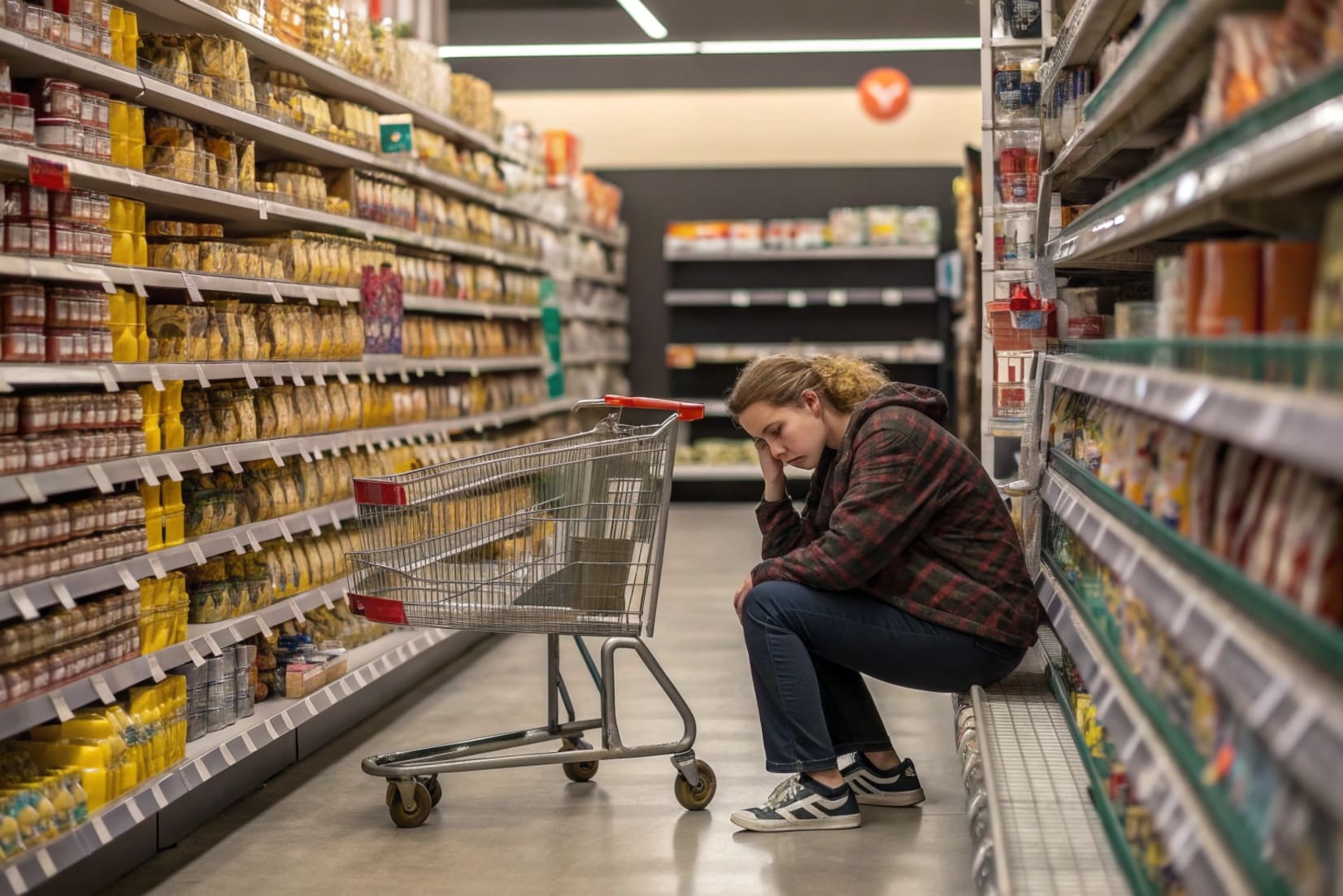Consumers stop and stare, yet they stroll past; my packaging pleads for attention, but every rival screams just as loud. I feel the pressure, and I must act fast.
The biggest CPG marketing challenge is to win attention on jam-packed shelves while reacting quickly to changing shopper habits, narrow profit margins, and sudden supply chain shocks across online and offline channels.
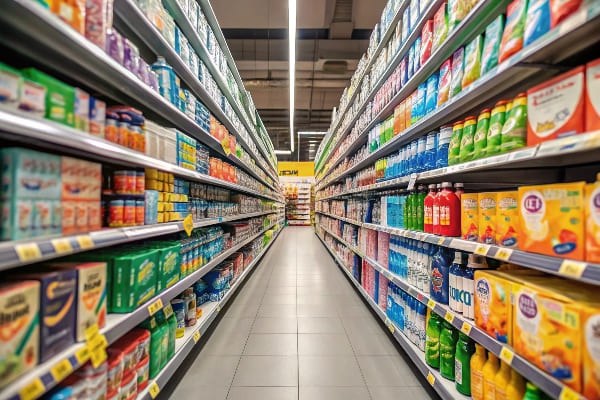
I know these hurdles can look endless. Stay with me, and I will unpack each one, step by step, and show the paths that smart brands take to move ahead.
What are the challenges of the CPG industry?
Everyday staples leave factories smoothly, yet my phone fills with retailer price cuts, freight surges, and late data reports. Stress rises, and deadlines close in.
The core CPG challenges are fierce shelf competition, tight margins, complex distribution, and volatile demand that forces constant adaptation.
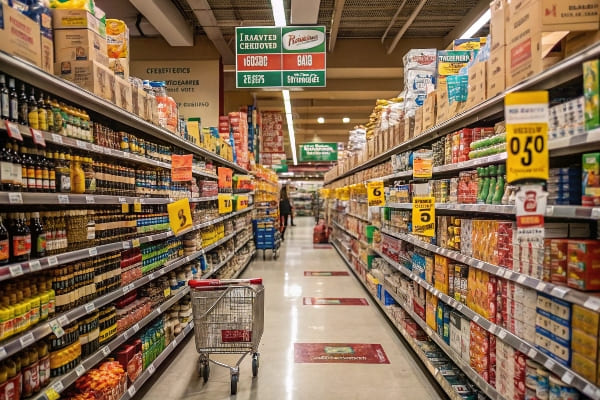
A closer look at each pain point
Selling soap or cereal may sound simple, yet each box hides stubborn obstacles. First, buyers judge in seconds. They compare price, brand story, and even eco labels before tossing an item into the cart. Second, retailers charge slotting fees and demand strict on-time-in-full targets that drain cash. Third, digital ads raise reach but also raise costs as auctions heat up. Fourth, supply chains swing from abundance to shortage when raw paper, plastic, or corn prices spike.
| Challenge | Why it hurts | My daily fix |
|---|---|---|
| Shelf congestion1 | Dozens of similar SKUs fight for limited eye-level space. | I test bold colors and structural displays to pop off the shelf. |
| Margin squeeze2 | Promotions and retailer demands chip away at profit. | I model total cost in advance, cutting waste in pack sizes. |
| Logistics puzzle3 | Warehouses, 3PLs, and last-mile carriers must sync. | I track orders in one dashboard and flag delays instantly. |
| Demand swings | Viral trends or weather shift weekly sales. | I blend POS data with online signals to adjust runs. |
I learned these lessons while shipping cardboard displays to U.S. chain stores. A late container once ate my margin for an entire quarter. Since then I plan extra buffer stock and confirm freight two weeks earlier. The same vigilant rhythm keeps CPG lines healthy across every aisle.
What are the disadvantages of CPG?
I love the speed of fast-moving goods, yet that speed cuts both ways. A single misstep can pile unsold stock and drain cash overnight.
CPG disadvantages include short product life cycles, high promo dependence, commoditized pricing, and continuous capital locked in inventory.
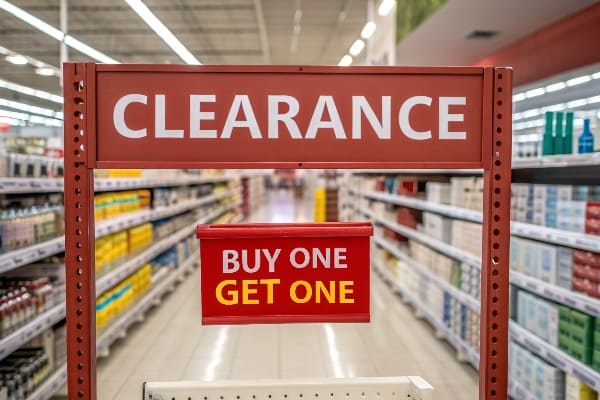
Why the downside matters and how to soften the fall
CPG brands seldom enjoy luxury margins. Toothpaste, snacks, and tissue differ little in function, so price wars erupt often. When retailers slash tags, suppliers must fund discounts or lose facings. This dependency funnels cash from R&D toward price subsidies. At the same time, perishable items face expiry. A yogurt cup that turns sour in five weeks leaves no room for freight hiccups.
| Disadvantage | Risk | Practical counter |
|---|---|---|
| Short life cycle4 | Frequent reformulation drains resources. | Build modular formulas to tweak flavor fast. |
| Promo addiction5 | 25% of revenue may come from discounts. | Shift spend to targeted digital coupons tied to loyalty IDs. |
| Commoditized price6 | Shoppers switch for a penny. | Elevate perceived value with sustainability claims or bundles. |
| Inventory lock-up | Cash sits in pallets. | Adopt smaller batch runs and vendor-managed inventory. |
I once printed 10,000 cardboard dump bins for a Halloween snack promo. The buyer trimmed their order last minute, leaving me with surplus structures. Lesson learned: require firm purchase orders before pushing large volume. CPG firms face the same sting but at even grander scale, so agility rules the game.
What are the major trends happening in the CPG industry?
News flashes daily: plant-based, zero-plastic, AI planograms, DTC startups. Blink and another wave hits.
Major CPG trends include sustainability, personalization, direct-to-consumer channels, data-driven retail media, and flexible packaging innovation.
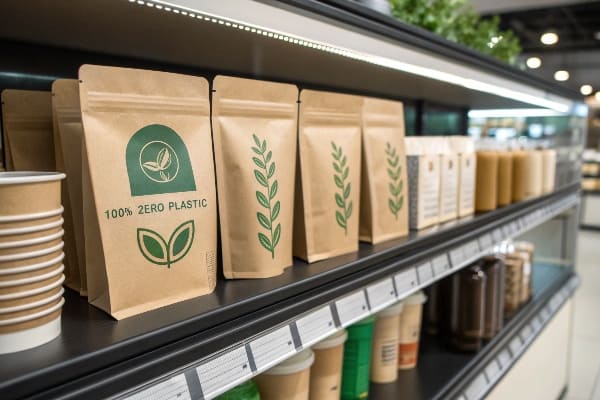
Tracking the waves and choosing which to ride
Trend watchers sometimes overwhelm managers with buzzwords, yet clear patterns rise above the noise. First, green claims move from fringe to default. Brands now list carbon footprints and switch to recycled board. My own display plant swapped virgin liners for FSC-certified fiber last year, cutting waste by 18%. Second, personalization7 grows. QR codes on packs open to quizzes that guide shoppers to ideal variants. Third, DTC8 keeps expanding. Subscription boxes bypass store aisles, letting firms gain first-party data. Fourth, retail media networks let brands target shoppers inside retailer apps, blurring ad and shelf.
| Trend | Impact on operations | Example action |
|---|---|---|
| Sustainability | Need for traceable materials and clear metrics. | Switch to water-based inks and publish life-cycle assessments. |
| Personalization | SKU proliferation and data capture. | Use digital printing to run micro-batches with regional graphics. |
| DTC | New logistics and service expectations. | Offer build-to-order bundles shipped in branded mailers. |
| Retail media | Budget shift from TV to in-app ads. | Bid for top banner placement during seasonal peaks. |
| Flexible packs | Lower weight and shelf footprint. | Trial stand-up pouches with easy-rip seals. |
I embed NFC tags into some floor stands so hunters at Barnett Outdoors scan and view 3D bow demos. Such small tech upgrades turn a plain display into a data gateway and align with the personalization push sweeping CPG.
What is the future of CPG marketing?
I picture aisles that change prices in real time and cartons that reorder themselves. The future is near, and I must prepare now.
The future of CPG marketing lies in predictive analytics, connected packaging, carbon transparency, and seamless omnichannel experiences that merge digital triggers with physical presence.
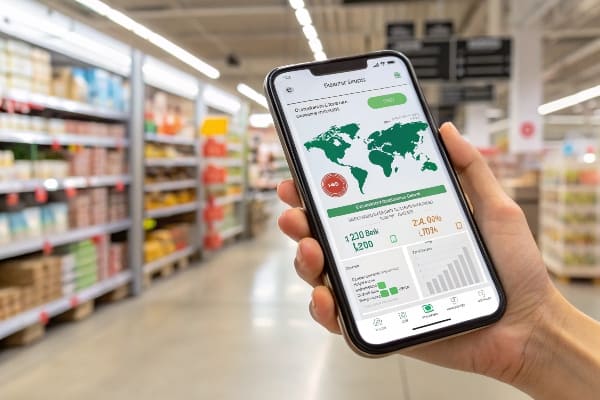
Preparing for tomorrow’s normal
By 2030, half of CPG sales may start with a phone scan. Smart shelves will light up when loyal shoppers walk by. Brands that feed machine-learning models with clean data will predict demand spikes before they happen. Waste will fall as factories print exact runs. Meanwhile, regulators push for carbon labels, forcing granular tracking from raw pulp to store dock.
| Future lever | Why it matters | Early move to test |
|---|---|---|
| Predictive demand9 | Cuts out-of-stock events and markdowns. | Integrate POS feeds into a common cloud model. |
| Connected packaging10 | Extends story beyond purchase. | Print unique QR codes on every pack. |
| Carbon scoring11 | Buyers demand proof, not slogans. | Invest in cradle-to-gate emissions audits. |
| Omnichannel equity | Shoppers hop between app and aisle. | Keep brand tone and offer consistent across touchpoints. |
My cardboard display orders already shift from bulk prints to serialized runs. A client asked me to embed RFID so their ERP can locate each stand in a warehouse. Small steps like this mirror the macroscale journey of CPG toward smart, traceable, and responsive marketing systems.
Conclusion
Stand out, stay lean, hear the data, and the next retail wave will carry us forward instead of washing us away.
Explore this link to discover innovative solutions for shelf congestion that can enhance product visibility and sales. ↩
This resource offers insights on managing margin squeeze, helping you maintain profitability in a competitive market. ↩
Learn about best practices in logistics to streamline your supply chain and improve efficiency. ↩
Understanding the challenges of short life cycles can help brands innovate and adapt quickly, ensuring they stay competitive in the market. ↩
Exploring the impact of promo addiction can provide insights into better marketing strategies and revenue management for CPG brands. ↩
Learning about strategies to combat commoditized pricing can help brands enhance their value proposition and customer loyalty. ↩
Discover insights on how personalization enhances customer engagement and drives sales in retail. ↩
Learn about the advantages of DTC models and how they can transform your business operations. ↩
Understanding predictive demand can help businesses reduce stockouts and optimize inventory management, crucial for staying competitive. ↩
Exploring connected packaging reveals innovative ways to engage customers and extend brand stories beyond the purchase, enhancing loyalty. ↩
Learning about carbon scoring is essential for brands to meet consumer demand for sustainability and transparency in their supply chains. ↩

